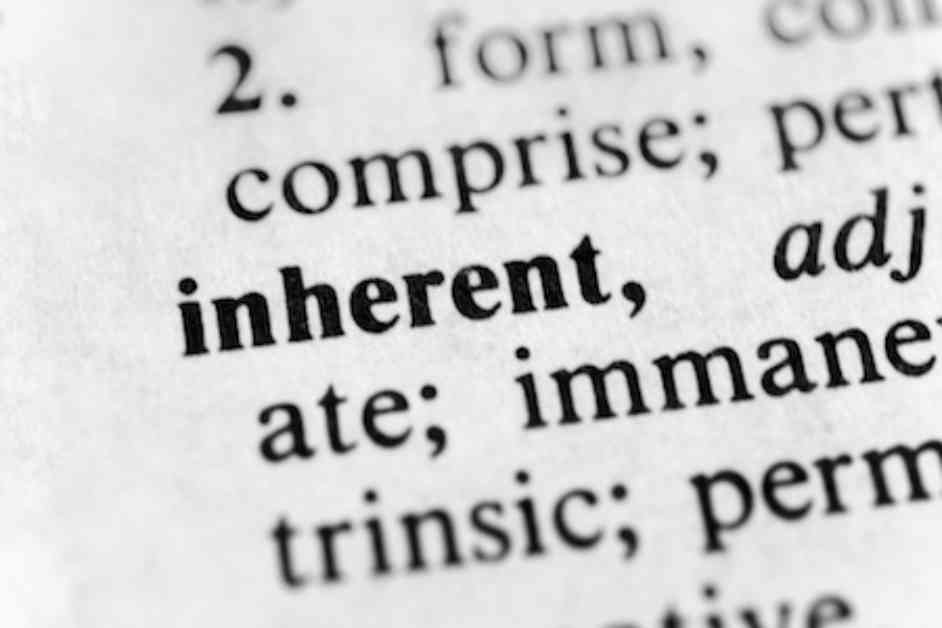The impact of artificial intelligence (AI) on patent eligibility has become a crucial issue in recent times. The current body of U.S. Court of Appeals for the Federal Circuit case law and U.S. Patent and Trademark Office (USPTO) policy are facing challenges in adequately addressing the patent eligibility of AI inventions, mainly due to the complexities introduced by AI technology.
One of the key areas of concern is Alice Step 2, a doctrine in patent law that has been particularly challenging when applied to AI inventions. The emphasis on the conventionality or genericness of computers in claims or specifications has led to confusion and potential loopholes in determining the eligibility of AI-related patents.
The existing framework for assessing patent eligibility, as established in the Supreme Court’s 2014 Alice Corp. v. CLS Bank International decision, involves a two-step process. Under Alice Step 1, the focus is on whether the claimed invention is directed towards an abstract idea. If it is, the evaluation proceeds to Alice Step 2, which looks for an inventive concept in the claim elements to determine patent eligibility.
However, recent developments at the USPTO have raised concerns about the effectiveness of Alice Step 2, particularly in the context of AI inventions. The inquiry at this step has often been reduced to a mere assessment of whether the claims involve a generic or conventional computer, which may not be sufficient to guard against claims that monopolize abstract ideas.
The lack of clarity and consistency in applying Alice Step 2 to AI inventions poses a significant challenge for patent protection in this rapidly evolving field. The need for new tools and guidance to ensure that truly groundbreaking AI inventions receive adequate protection is becoming increasingly evident.
In light of these challenges, it is essential for the USPTO to revisit and clarify its eligibility guidance for AI inventions. By focusing on features that are inherent to monopolizing an abstract idea rather than generic computer recitations, the patent system can better safeguard the most important AI innovations.
The Federal Circuit’s intervention and clarification on the interpretation of Alice Step 2 in the context of AI inventions would provide much-needed guidance for patent applicants and examiners. By emphasizing the importance of inventive concepts over generic computer recitations, the patent system can better adapt to the complexities introduced by AI technology and ensure that truly innovative inventions receive the protection they deserve.















